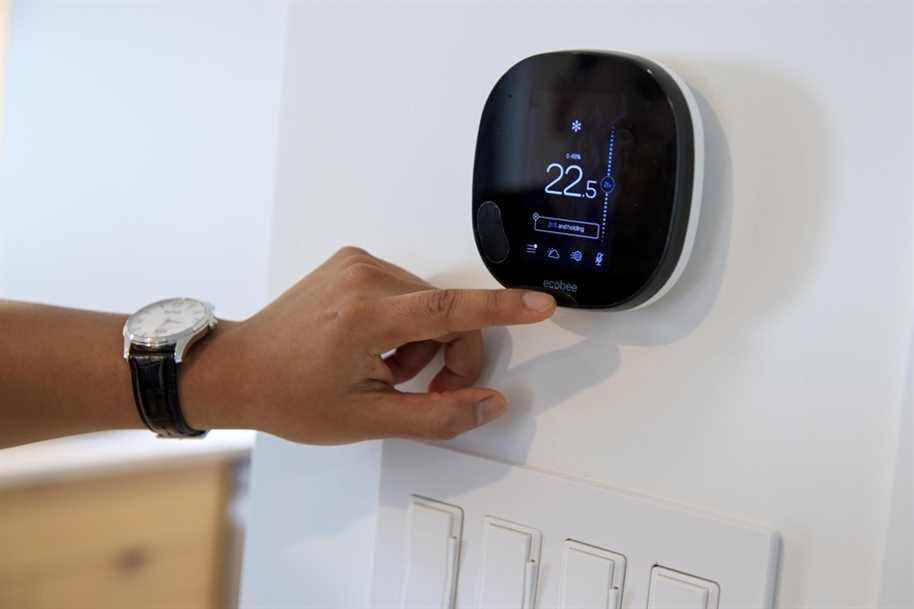Posted at 11:00 a.m.
As Hydro-Québec asks us to reduce our electricity consumption in very cold weather, where will the electricity that we must export to the United States soon come from?
Nicole B.
It seems paradoxical, in fact, to export electricity to our neighbors when we are sometimes asked, as was the case recently, to voluntarily reduce our electricity consumption.
However, there are several factors that come into play and help to understand that this is not illogical.
We are told in particular, at Hydro-Québec, that export contracts are not all designed the same way.
Basically, we’re talking about electricity supply on an annual basis, that’s true.
More specifically, in the case of the contract with Massachusetts, of 9.45 terawatt hours per year, for 20 years. And in the one with New York, 10.4 terawatt hours for 25 years.
On the other hand, this last contract allows more “flexibility”, it is said.
“We export energy. In other words, we are not necessarily required to export during peak periods within the framework of this contract,” points out a spokesperson for Hydro-Québec, Maxence Huard-Lefebvre.
There is therefore some flexibility regarding the times at which Hydro-Québec must deliver its electricity.
Let’s not forget, moreover, that an increase in electricity production over the next few years is also part of the equation.
We mainly mention, on this subject, the commissioning of the fourth power plant of the Romaine complex at the end of the year, as well as that of the Apuiat wind farm scheduled for December 2024.
This is not major, but we must add to that the fact that the public corporation still thinks it will be able to make gains in energy efficiency over the next few years.
By 2030, the objective is to recover approximately 8 terawatt hours, or “roughly the equivalent of the four power stations of the Romaine hydroelectric complex”, explains Maxence Huard-Lefebvre.
So much the better. Because our demand will increase. The energy transition plan focuses more on renewable energies. Consider, among other things, the ban on the sale of new light gasoline vehicles, scheduled for 2035.
It should also be noted that Hydro-Québec, alongside energy efficiency efforts, is already trying to lower energy consumption during peak periods.
The Crown corporation has what Pierre-Olivier Pineau, professor holder of the energy sector management chair at HEC Montreal, describes as power management tools.
Dynamic pricing, for example.
Hydro-Québec customers can now save money if they avoid consuming electricity during certain peak periods. Devices supplied by Hilo, a new subsidiary of Hydro-Québec, have the same objective.
There are also “agreements with industrial and commercial consumers to reduce their consumption on request – obviously subject to compensation”, underlines Pierre-Olivier Pineau.
However, the expert believes that in the long term this will not be enough, given the expected increase in demand.
Among the options to be considered, “a price for power should be charged for everyone – as is the case today for industrial consumers and certain businesses and institutions -, to encourage limiting the simultaneous uses that cause peaks in consumption “.
Without forgetting to invest more in the renovation of buildings to reduce their energy consumption, a solution that has been mentioned many times in recent years.

